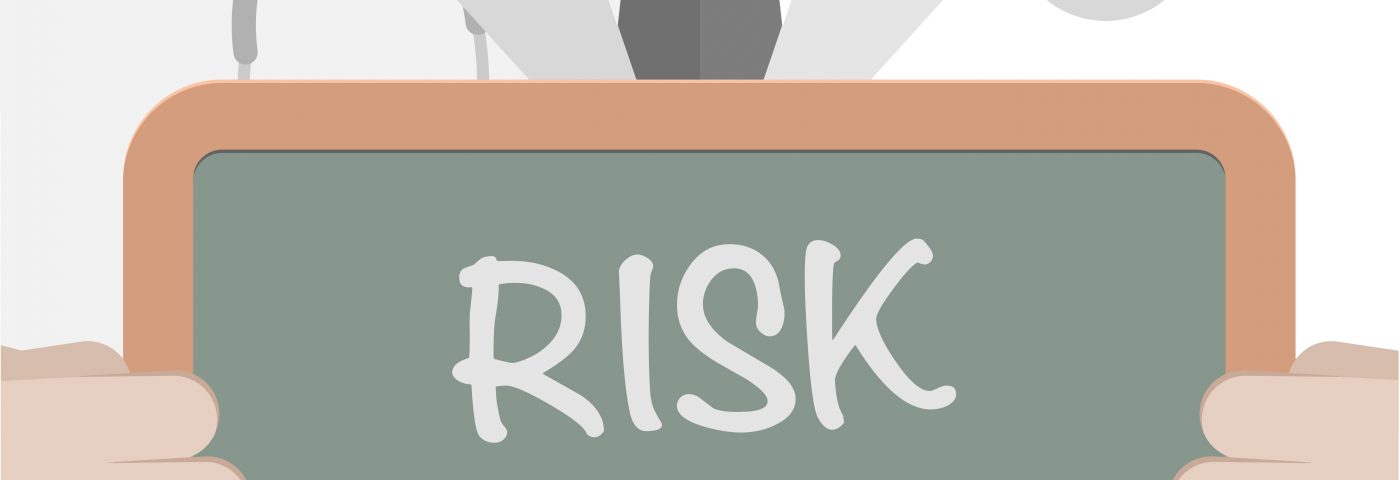Decreased blood oxygen levels during the six-minute walk test (6MWT) is a risk factor for osteoporosis in patients with non-cystic fibrosis (CF) bronchiectasis, according to a study.
The findings also revealed that having a low body mass index (BMI), advanced age, and severe exacerbations also predicted osteoporosis in this patient population.
The research, “Oxygen desaturation during the 6-min walk test as a risk for osteoporosis in non-cystic fibrosis bronchiectasis,” was published in the journal BMC Pulmonary Medicine.
Patients with non-CF bronchiectasis experience progressive deterioration of their pulmonary function, and reduced exercise capacity. Osteoporosis — a condition characterized by weak and brittle bones — is also highly prevalent in these patients.
Lung function has been associated with osteoporosis in CF and other chronic respiratory diseases, but it has not been thoroughly assessed in people with non-CF bronchiectasis.
The 6MWT evaluates exercise capacity, lung function, and oxygen saturation — the extent to which hemoglobin is bound to oxygen. Desaturation (a decrease in oxygen levels in the blood) has been used to predict the risk of death in bronchiectasis.
Hypoxia, or oxygen deficiency, is known to aggravate bone damage. It’s involved in the activation of the NLRP3 inflammasome — a cellular sensor of environmental and cellular stress — during bacterial infection with Pseudomonas aeruginosa, which is common in patients with bronchiectasis. This leads to the release of proinflammatory molecules that increase bone loss.
Therefore, researchers from Taiwan hypothesized that patients with bronchiectasis with oxygen desaturation during exercise may develop osteoporosis.
The team assessed 66 Asian non-CF bronchiectasis patients (with a mean age or 65.2 years, and 51 of them were women) who attended an outpatient clinic at Chang Gung Memorial Hospital, between 2009 and 2017. All women analyzed were post-menopausal.
Patients did the 6MWT, where they were instructed to walk back and forth in a 35-meter corridor for 6 minutes. Their lung function — forced expiratory volume in one second (FEV1), forced vital capacity (FVC), and the FEV1/FVC ratio — walking distance, and oxygen saturation were determined.
Patients with oxygen desaturation were defined as those with a fall of greater than 10% in peripheral oxygen saturation (SpO2, as measured by pulse oximetry), or the lowest SpO2 under 88%.
Bone mineral density (BMD) was assessed at the femoral neck (hip), lumbar spine, and proximal hip using a technique called dual-energy X-ray absorptiometry. Bronchiectasis severity was evaluated through high-resolution computed tomography.
Results showed oxygen desaturation in 45 patients (68% of the cohort analyzed). Osteoporosis was found in 46 (70%), and osteopenia — BMD lower than normal, linked to a greater risk for osteoporosis — in 15 patients (23%).
Osteoporosis was more common in people with oxygen desaturation (82%) than those without (43%).
Participants with oxygen desaturation during the 6MWT had lower FEV1, FVC, and 6MW distance, greater bronchiectasis severity, and severe exacerbations compared with those without oxygen desaturation. People with oxygen desaturation also had lower BMD at the femoral neck, lumbar spine, and proximal hip.
The data further showed that the lower the SpO2 during 6MWT, the greater the severity of the disease, “suggesting an association between the extent of lung destruction and oxygen desaturation,” the researchers wrote.
In addition, higher BMD correlated with the lowest SpO2 during the 6MWT, and a lower fall in oxygen saturation and less severe exacerbations. However, BMD did not correlate with disease severity.
A subsequent analysis found that oxygen desaturation was the most significant predictive factor for osteoporosis, although advanced age, low BMI, and severe exacerbations were also risk factors.
The findings show that “desaturation during 6MWT was a strong independent predictive factor for osteoporosis” in Asian non-CF bronchiectasis patients, the researchers wrote.
“The 6MWT may be useful in identifying the osteoporotic phenotype of non-CF bronchiectasis, and increasing clinician awareness to promote early intervention,” the team concluded.

